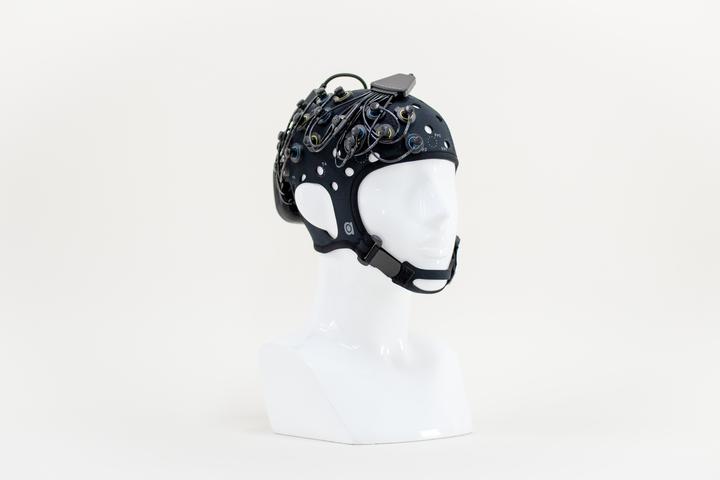Brite
A wearable & flexible multi-channel NIRS device for brain oxygenation measurement

Publications using the Brite
Brief Report: Classification of Autistic Traits According to Brain Activity Recoded by fNIRS Using $ε$-Complexity Coefficients
Individuals with ASD have been shown to have different pattern of functional connectivity. In this study, brain activity of participants with many and few autistic traits, was recorded using an fNIRS device, as participants preformed an interpersonal …
Role of exercise, cold, and the biological clock on energy balance in humans: The ACTIBATE study
Cold exposure has been proposed as a potential tool to face obesitysince it is able to increase energy expenditure (i.e., cold induced thermogenesis –CIT). This increase is partially mediated by brown adipose tissue (BAT). Nevertheless, little is …
A mini-review on functional near-infrared spectroscopy (fNIRS): Where do we stand, and where should we go?
This mini-review is aimed at briefly summarizing the present status of functional near-infrared spectroscopy (fNIRS) and predicting where the technique should go in the next decade. This mini-review quotes 33 articles on the different fNIRS basics …
Functional near infrared spectroscopy (fNIRS) in pigmented subjects: a maneuver to confirm sufficient transcutaneous photon transmission for measurement of hemodynamic change in the anterior cortex
© 2019 SPIE Background: A requisite for fNIRS studies of cortical blood flow is that sufficient photons are transmitted transcutaneously for the fluctuations in cerebral hemoglobin oxygenation that occur during neuronal activation to be detected. …
A Review on the Use of Wearable Functional Near-Infrared Spectroscopy in Naturalistic Environments
The development of novel miniaturized wireless and wearable functional near-infrared spectroscopy (fNIRS) devices has paved the way for new functional brain imaging that could revolutionize the cognitive research fields. Over the past few decades, …
The present and future use of functional near-infrared spectroscopy (fNIRS) for cognitive neuroscience
The past few decades have seen a rapid increase in the use of functional near-infrared spectroscopy (fNIRS) in cognitive neuroscience. This fast growth is due to the several advances that fNIRS offers over the other neuroimaging modalities such as …
Is wireless functional near-infrared spectroscopy (fNIRS) 3D neuroimaging feasible to map human navigation in the real-world?
Real-time maps (with temporal and spatial resolution: 1–10 Hz and $∼$1 cm, respectively) of cortical activation can be obtained by functional near-infrared spectroscopy (fNIRS), which noninvasively measures cortical hemodynamic changes (as oxygenated …